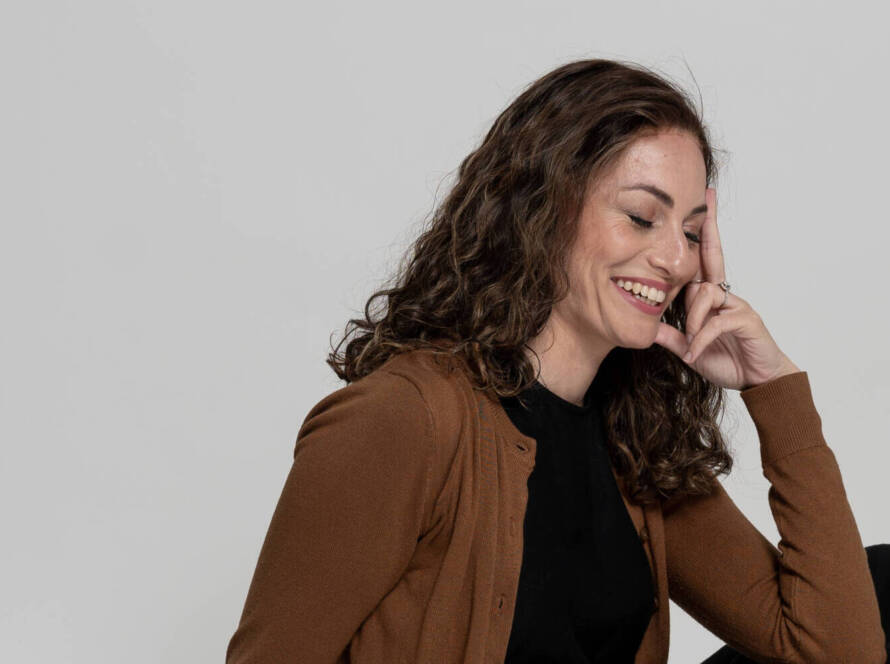What if the most profound spiritual connection wasn’t found in quiet study, but in a dance of pure, unbridled joy?
This question lies at the heart of a Jewish holiday that has captivated my heart. It marks a pivotal moment in the annual cycle. We celebrate the completion of our public Torah readings. Then, we immediately begin the sacred text again.
This celebration is a symphony of movement and gratitude. The main event involves dancing with the Torah scrolls in a series of circuits called hakafot. The entire community joins together in this powerful act of rejoicing.
I’ve come to see this tradition as a beautiful paradox. It teaches us that learning is a continuous journey. There is no true end, only perpetual renewal and discovery.
This guide will walk you through the meaningful customs. You will understand the “what” and the “why” behind each one. It offers an accessible entry point into Jewish observance, where the focus is on communal joy.
Key Takeaways
- Simchat Torah celebrates the conclusion and immediate restart of the annual Torah reading cycle.
- The holiday is characterized by joyful dancing with Torah scrolls, known as hakafot.
- It embodies themes of continuity, renewal, and the eternal nature of sacred wisdom.
- Celebrations focus on communal participation and accessible expressions of gratitude.
- The tradition transforms Torah study into an exuberant, physical celebration.
- It serves as a powerful reminder that spiritual growth and joy are deeply connected.
Overview of Simchat Torah and Its Historical Roots
To truly appreciate the depth of this celebration, we must travel back through centuries to uncover its gradual emergence from biblical foundations. The name we use today appeared relatively recently, while ancient texts refer to it by a different designation entirely.
Historical Background and Origins
In Talmudic times, this special day was known as Shemini Atzeret, meaning “Eighth Day of Assembly.” This festival concludes the intense fall holiday season that includes Rosh Hashanah, Yom Kippur, and Sukkot. I find the rabbinic teaching about this day particularly moving—it suggests G-d created this as a bonus holiday because separating from the Jewish people after a month of celebrations felt difficult.
|
Time Period |
Development |
Key Figure/Text |
|
Talmudic Era |
Known as Shemini Atzeret |
Biblical foundation |
|
11th Century |
First documentation of dancing with scrolls |
Isaac ibn Ghayyat |
|
13th Century |
Custom of reading Genesis after Deuteronomy |
Various communities |
|
16th Century |
Processions around bimah standardized |
Shulchan Aruch |
The Evolution from Shemini Atzeret to Simchat Torah
The transformation wasn’t instantaneous. Medieval sources reveal how customs developed organically over centuries. Rabbi Samson Raphael Hirsch beautifully interpreted “Atzeret” as “storing up”—we internalize gratitude gained throughout the sacred season before entering ordinary time.
This historical journey teaches me that authentic Jewish practice can evolve while remaining rooted in ancient wisdom. Our ancestors continuously found new ways to express joy, creating the vibrant celebration we cherish today.
How is Simchat Torah Celebrated: Customs and Festivities
Imagine entering a space where sacred texts don’t just sit on shelves but dance in the arms of their devoted readers. This transformation from quiet study to vibrant celebration marks the essence of the holiday’s observances. The entire community comes alive with movement and music.
Evening Celebrations and Hakafot Dancing
As night falls, the synagogue bursts into activity. Every scroll emerges from the ark for seven circuits around the sanctuary. I’ve felt the incredible energy as people of all ages join the procession.
Children receive special treats and wave colorful flags during these circles. Their laughter mixes with traditional songs. The dancing often spills into the streets, showing that joy cannot be contained.
An insightful teacher once shared:
“We become the feet of our tradition, carrying wisdom into every corner of our lives.”
Morning Services and Torah Readings
Daylight brings the climactic moment of the annual cycle. The community reads the final portion from Deuteronomy. Then immediately begins Genesis from a second scroll.
Special honors recognize individuals guiding this sacred transition. The entire congregation typically receives an opportunity to approach the reading. This practice emphasizes that sacred texts belong to everyone.
|
Element |
Evening Service |
Morning Service |
|
Focus |
Processional dancing |
Torah reading completion |
|
Scroll Usage |
All scrolls removed |
Three scrolls read |
|
Special Feature |
Children’s participation |
Community-wide honors |
The seamless transition from ending to beginning teaches a powerful lesson. Learning represents an eternal journey without final destinations. Each conclusion simply opens new discoveries.
Modern Practices and Global Perspectives on Simchat Torah
Across continents and centuries, this festival’s joy has become a powerful language of resilience. I’ve witnessed how communities around the world transformed ancient customs into profound statements of identity.
Community Celebrations in the United States
American Jewish life embraces public expressions of faith. Dancing extends beyond synagogue walls into streets and parks. This visible celebration strengthens communal bonds.
The 1973 New York rally for Soviet Jews demonstrated this holiday’s capacity for global solidarity. Over 100,000 people gathered, showing how joy fuels activism.
Adapting Traditions in Contemporary Times
Elie Wiesel’s teaching about rejoicing as the most difficult commandment resonates deeply. His account of concentration camp prisoners dancing with children instead of scrolls reveals spiritual resistance.
Each year, we begin the Torah reading cycle anew. Wiesel, born on this festival, saw it as embracing perpetual learning.
Symbolism, Joy, and Community Resilience
This balancing of grief and joy embodies the holiday’s deepest teaching. The connection to text and community sustains us through darkest times.
Modern observance proves core traditions adapt while preserving meaning. The festival’s evolution across generations shows enduring relevance.
Conclusion
The beauty of this annual observance lies not just in its joyful expressions but in the quiet continuity it inspires. As the dancing concludes, we carry forward a renewed connection to our sacred text, ready to begin the cycle once more.
This holiday cultivates remarkable resilience. The profound joy we experience during the service becomes spiritual fuel for ordinary days ahead. Each month of readings builds toward the next celebration.
I find deep meaning in this perpetual rhythm of completion and renewal. The tradition reminds us that learning represents an eternal journey. We approach familiar stories with a fresh perspective each year.
As we move forward, may the energy from this special day sustain your spiritual growth. The annual cycle continues, offering new discoveries with every turn.




